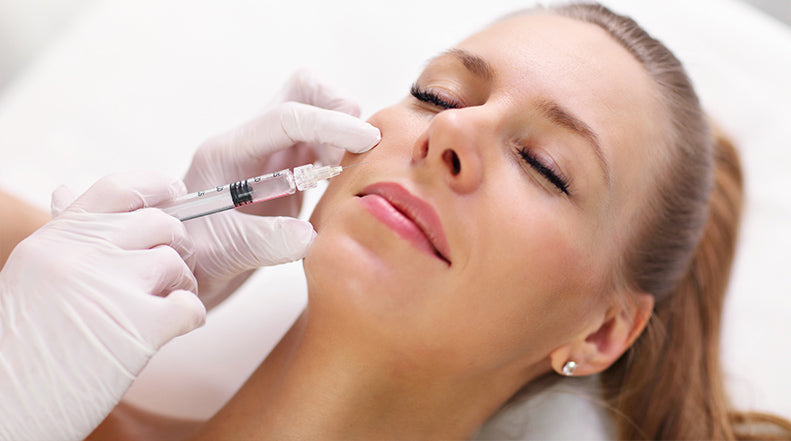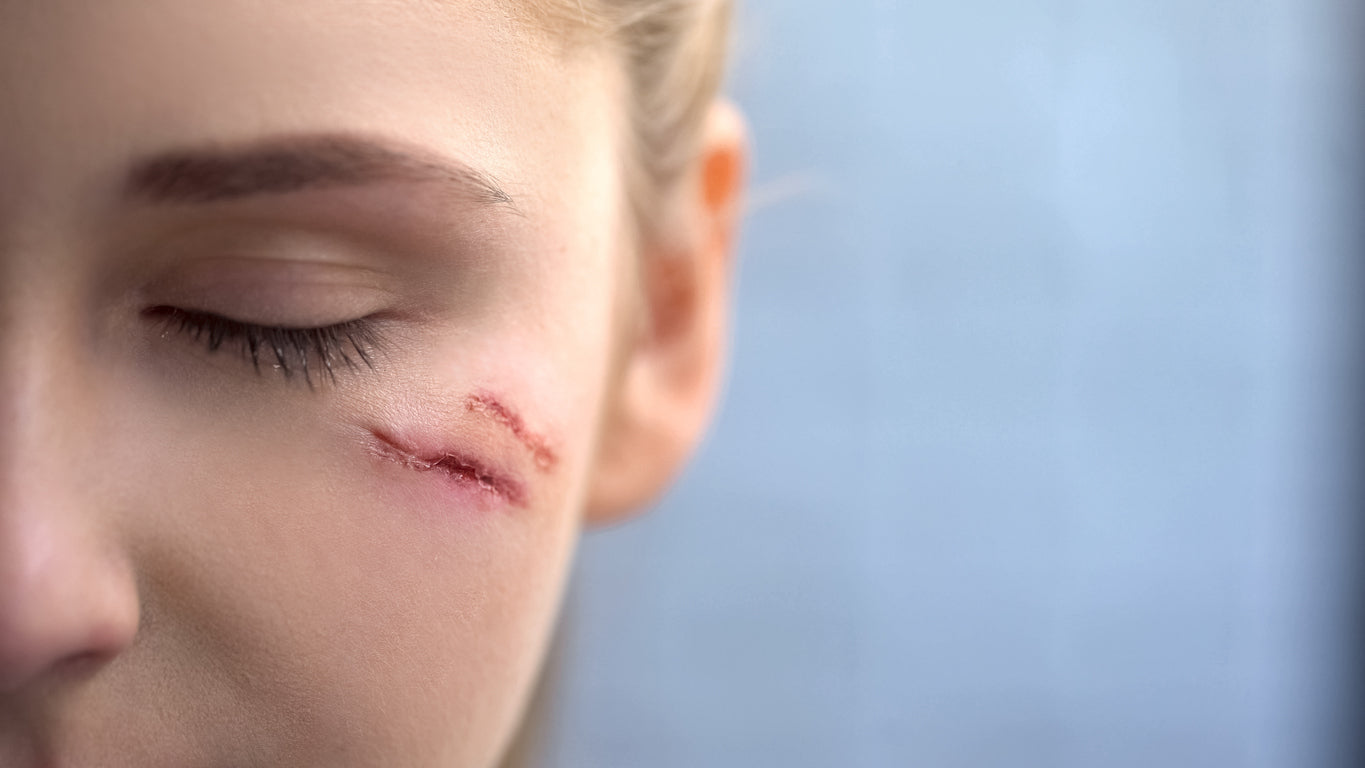5 Things You Didn't Know About Acne Scars

Acne is the most common skin condition in the United States, according to the American Academy of Dermatology. In fact, acne has a prevalence of over 90% among adolescents. If you’ve ever dealt with acne, you know how difficult it can be. Constant breakouts are embarrassing and can lead to lowered self-esteem. While it doesn’t seem like there could be anything worse than having to fight the battle with active acne, the scarring that occurs as a result of acne can be just as (if not more) challenging. If you have acne scars, read on to learn a few surprising facts you may not have heard before!
- THE INCIDENCE OF SCARRING AFTER ACNE IS HIGH
It has been reported that acne scarring occurs in 95 percent of all people with acne vulgaris. With this high of a statistic, it’s imperative to follow measures that will help prevent the formation of scars after your acne lesions have healed. Below we will be discussing ways to help prevent the formation of acne scars.
- SUNKEN ACNE SCARS ARE THE MOST COMMON TYPE
Sunken scars, known as atrophic scars, are the most common type of scar that results from acne. According to The Journal of Clinical and Aesthetic Dermatology, atrophic scars are likely caused by inflammatory processes leading to degradation of the collagen fibers and subcutaneous fat beneath the skin. This process leads to the classic sunken appearance of these scars that look like holes or pits in the skin.
In contrast to sunken acne scars, there is still potential for the skin to heal into raised and discolored scars after acne. These types of scars can be classified as either keloids or hypertrophic scars. Both are raised and have a dark, red appearance caused by the overproduction of collagen during the wound healing process (as opposed to sunken acne scars which are caused by degradation of collagen). The difference between these two scar types is that hypertrophic scars stay within the boundaries of the original acne lesion, whereas keloids can grow beyond the original margins. These scars are much less likely to occur than sunken acne scars. The journal Dermatology Research and Practice reports that sunken acne scars are more common than keloids and hypertrophic scars with a ratio 3 : 1.
- THERE ARE 3 SUBTYPES OF SUNKEN ACNE SCARS
Sunken acne scars can be divided into three subtypes:
- Icepick scars - These scars are deeper than they are wide
- Boxcar scars - These scars are wider than they are deep with distinct edges
- Rolling scars - These scars give a rolling or undulating appearance to the skin
With sunken acne scars, the ice pick type represents 60% to 70% of total scars, the boxcar 20% to 30%, and rolling scars 15% to 25%. These classifications guide dermatologists as to which treatment option is best.
- NO TOPICAL TREATMENTS WORK FOR SUNKEN ACNE SCARS
Unfortunately, once a sunken acne scar has lost collagen and become pitted in the skin, no topical treatment can raise the scar. Sunken acne scars require treatments by a dermatologist, such as chemical peels, dermabrasion procedures, dermal fillers, laser treatments, or even surgical excisions. If you didn’t know this about acne scars, hopefully understanding this now will save you time and money by not having to test out the many different over-the-counter scar treatments without seeing any results.
- SILICONE GEL CAN HELP PREVENT ACNE SCAR FORMATION
Silicone gel has been used as a scar treatment for more than thirty years due to its proven safety and efficacy. Products that contain silicone gel represent an excellent treatment option for hypertrophic acne scars and keloids, and may even help to prevent the formation of sunken acne scars if the lesions are treated early enough.
According to a review article published in Dermatology Research and Practice, topical silicone gel is an effective treatment option that overcomes the challenges of using silicone gel sheets in difficult areas, such as the face where acne is most common. Furthermore, silicone gel has several other advantages besides convenience: it is transparent, quick drying, non-irritating, and it can be used to treat extensive scars and uneven areas of skin.
NewGel+ offers two sizes of topical silicone gel that can be applied to prevent the formation of acne scars. The medical grade silicone gel is also enhanced with vitamin E, an antioxidant that helps to soften, moisturize, and protect the skin. This soft, silky feeling gel is not sticky and leaves no odor or residue - unlike many other silicone gels. By starting treatment early, NewGel+E can help to heal acne lesions with less inflammation, which decreases the risk of scarring. Plus, if your acne healed into a hypertrophic scar or keloid, NewGel+E has been clinically proven to reduce, flatten, and fade these types of scars safely and effectively.




Comments